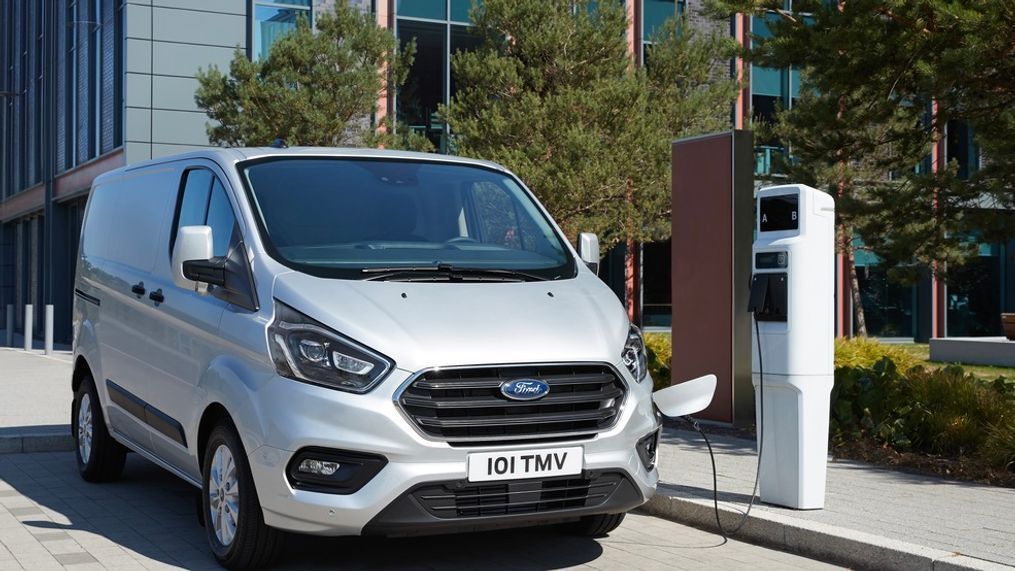Ford develops software to target most effective places for public chargers

More electric cars need more electric chargers—especially in and around cities.
Most charging may be done at home but to give drivers confidence to go where they want, or for city-dwellers to effectively drive electric cars, convenient public charging will be key.
Now, Ford says it has developed a new algorithm to help locate public chargers—especially fast-chargers—where drivers travel so they don't have to go out of their way to get to charger. The announcement came Tuesday as London implemented a new ultra-low emissions zone.
"In locating these additional charging points, we've attempted to take into account regular driving and stopping patterns so that topping up slots into drivers regular day-to-day activities," said John Scott, city data solutions project lead for Ford Mobility in a statement.
READ THIS: Shell buys its first electric car charging station firm in Europe
The program is based on two trials in London. In the first, Ford's City Data Solutions Report, the company tracked 160 gas-powered Ford Transit vans over 625 miles and 15,000 vehicle-days of use. The company says it collected more than 500 million data points about where the drivers went, where they stopped and for how long. Ford says that although the vehicles were not electric, it could track them and identify ways that charging could be integrated into their routes as if they were.
The second fleet trial in London followed 20 plug-in hybrid Transit Custom vans over 50,000 miles to look at charging behaviors. In that study, Ford found that the plug-in hybrids operated in electric mode an average of 35 percent of the time, and that percentage increased the closer the vans got to London's city center. (Plug-in vehicles are exempt from the city's congestion charges as long as they have appropriate permits.)
CHECK OUT: ChargePoint commits to build charging stations for 2.5 million cars by 2025
Interestingly, the plug-in vans started their day with only a 45-percent charge on average. As the study progressed, the fleet operators were better at keeping the vehicles charged, primarily at their depots, rather than by using public charging stations.
If Ford can use the software to determine where to install chargers in the most convenient locations, it could increase the number of electric miles such fleets could drive.
